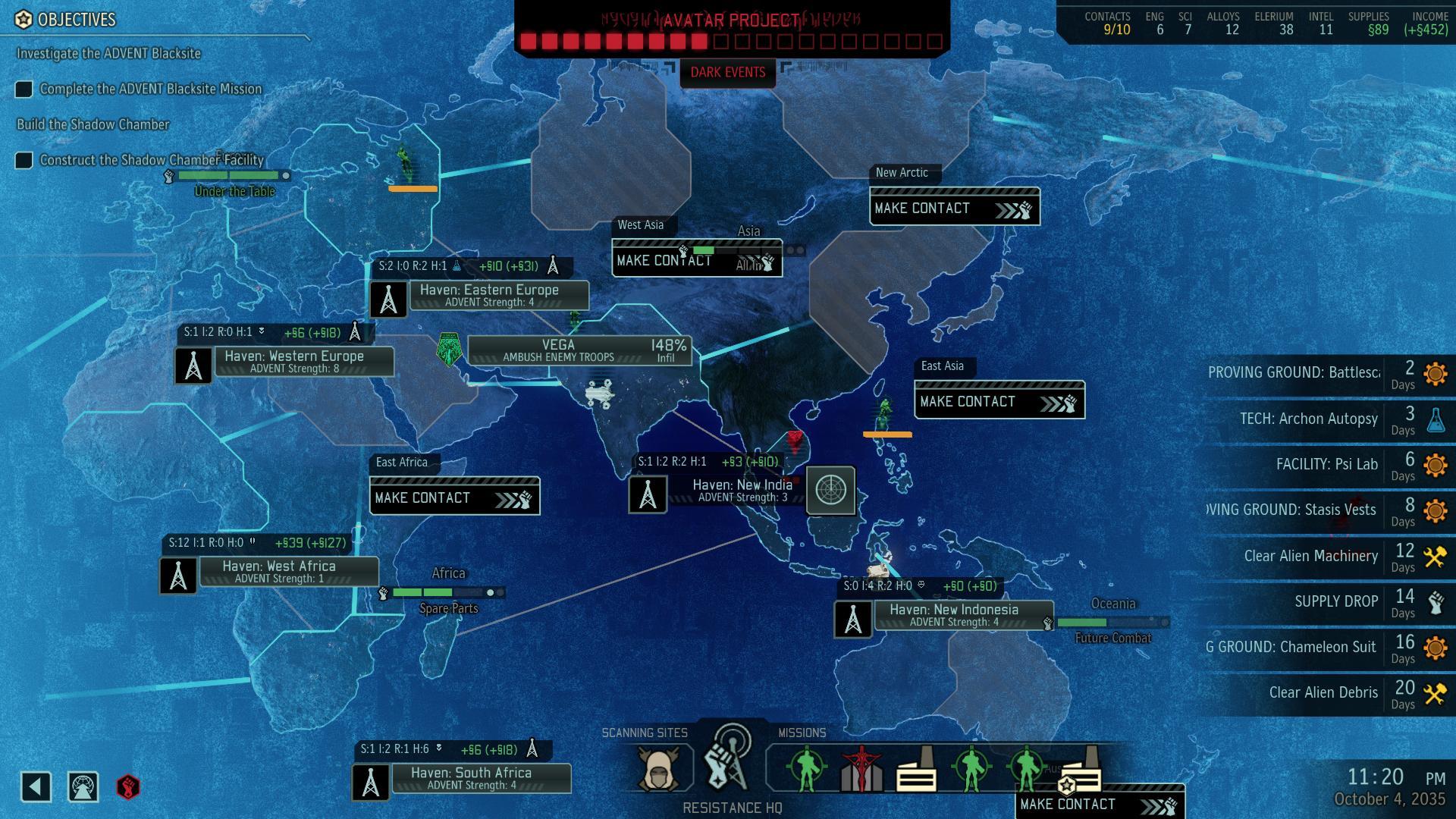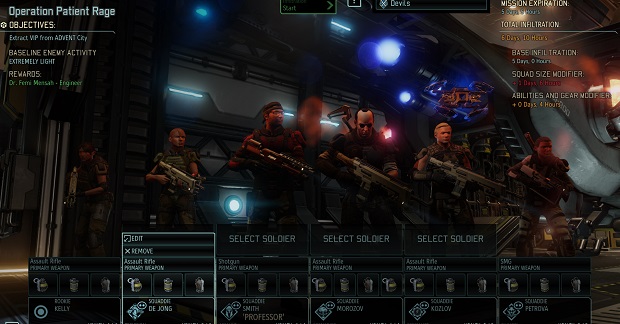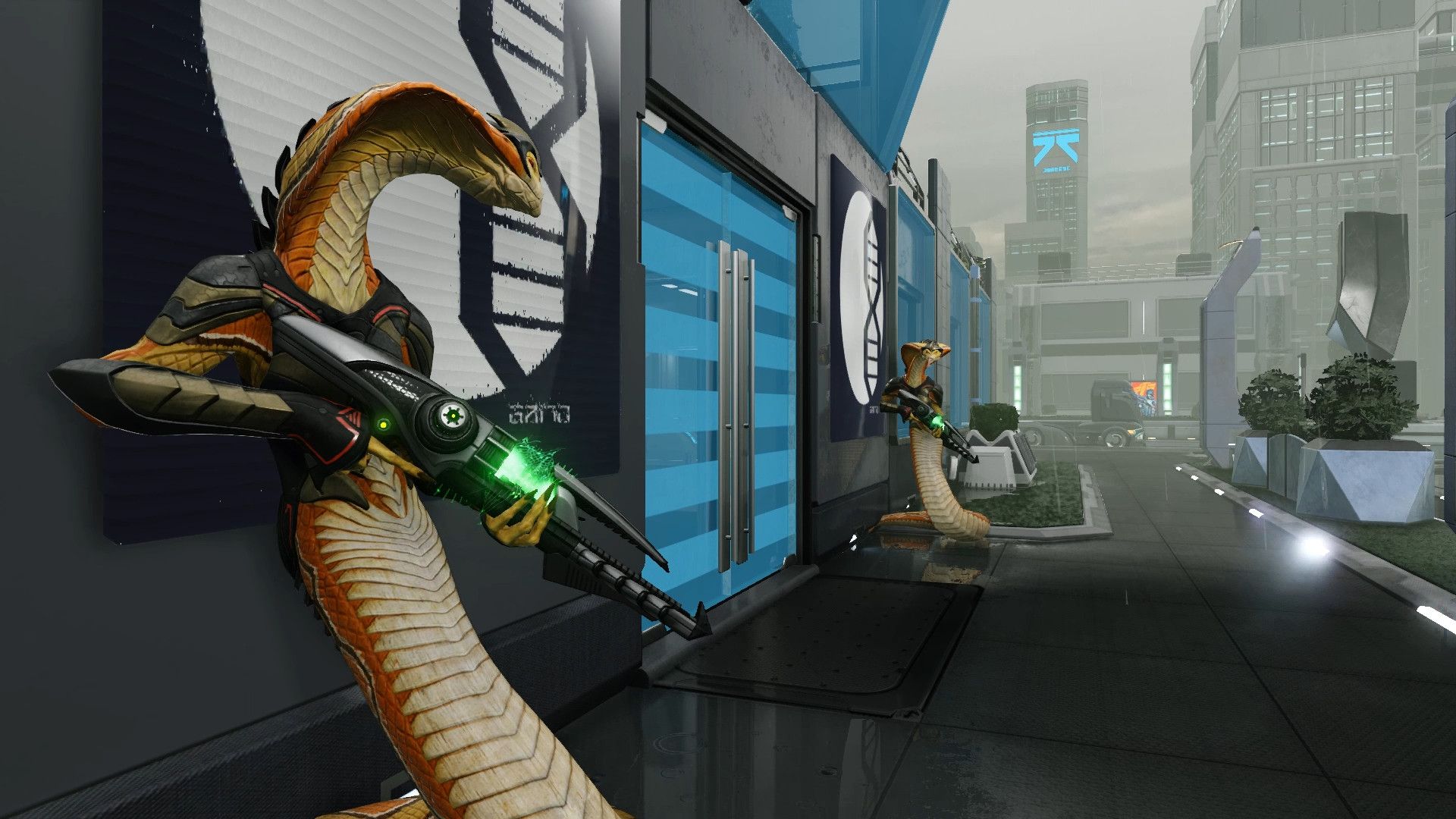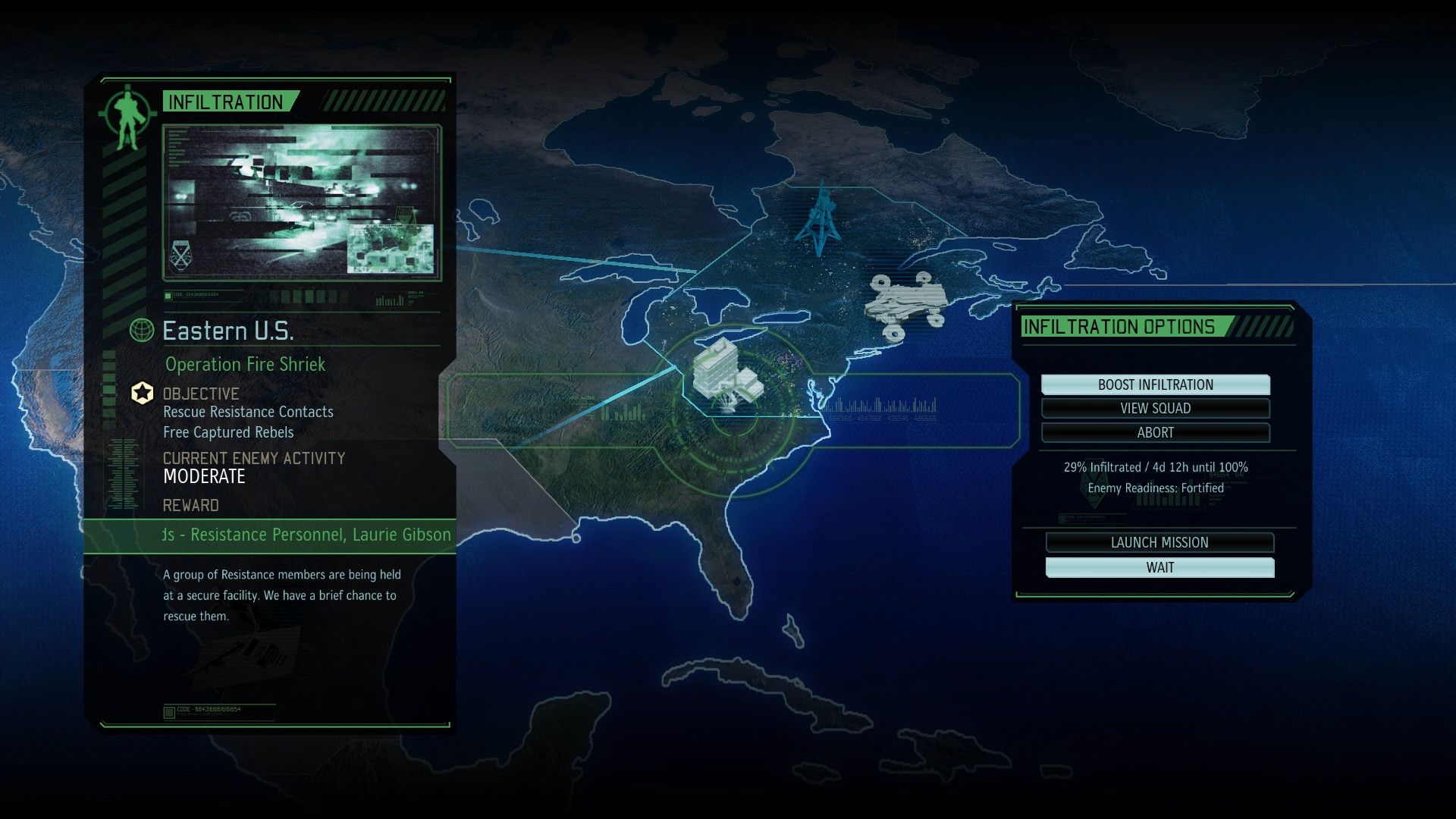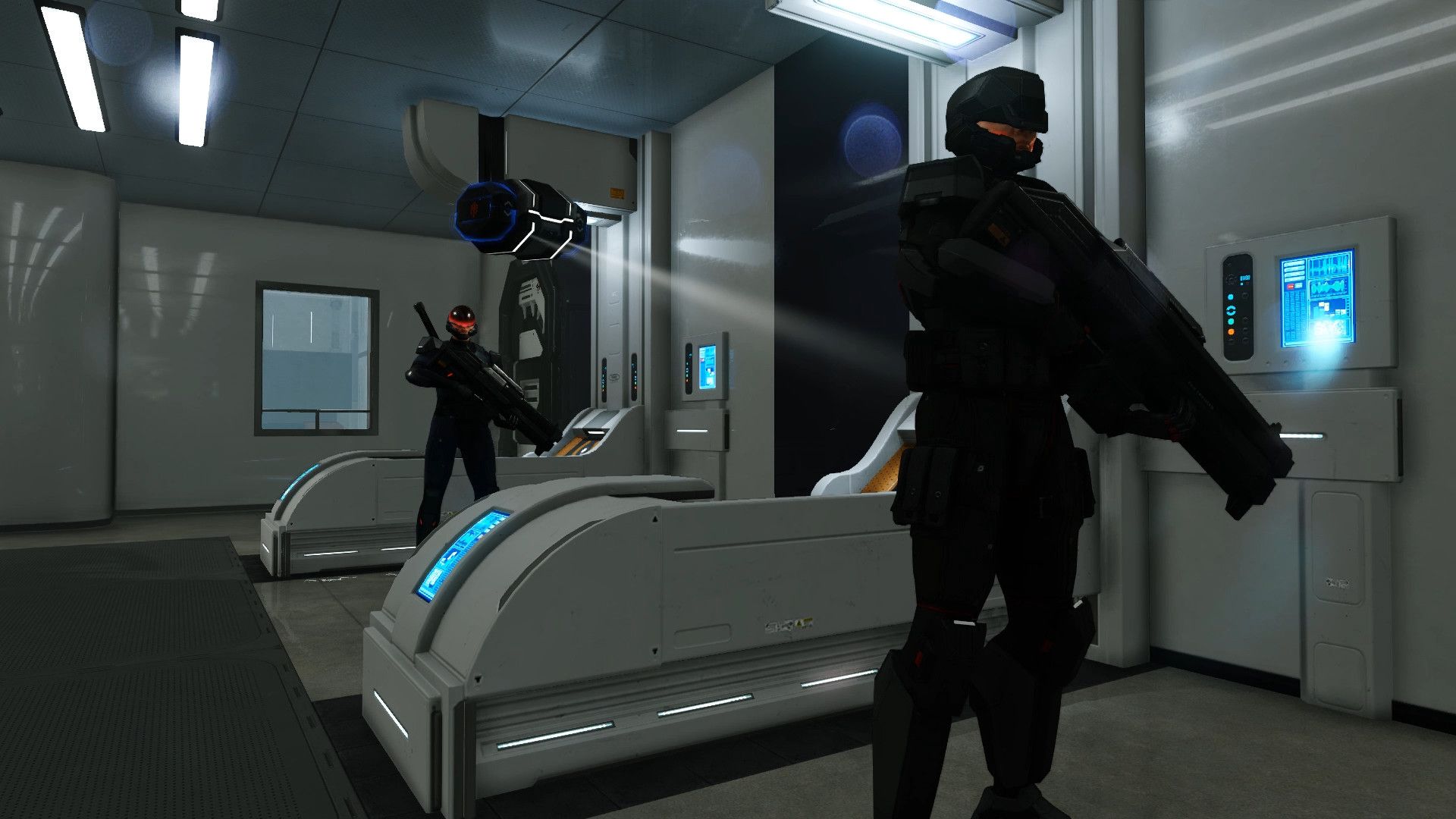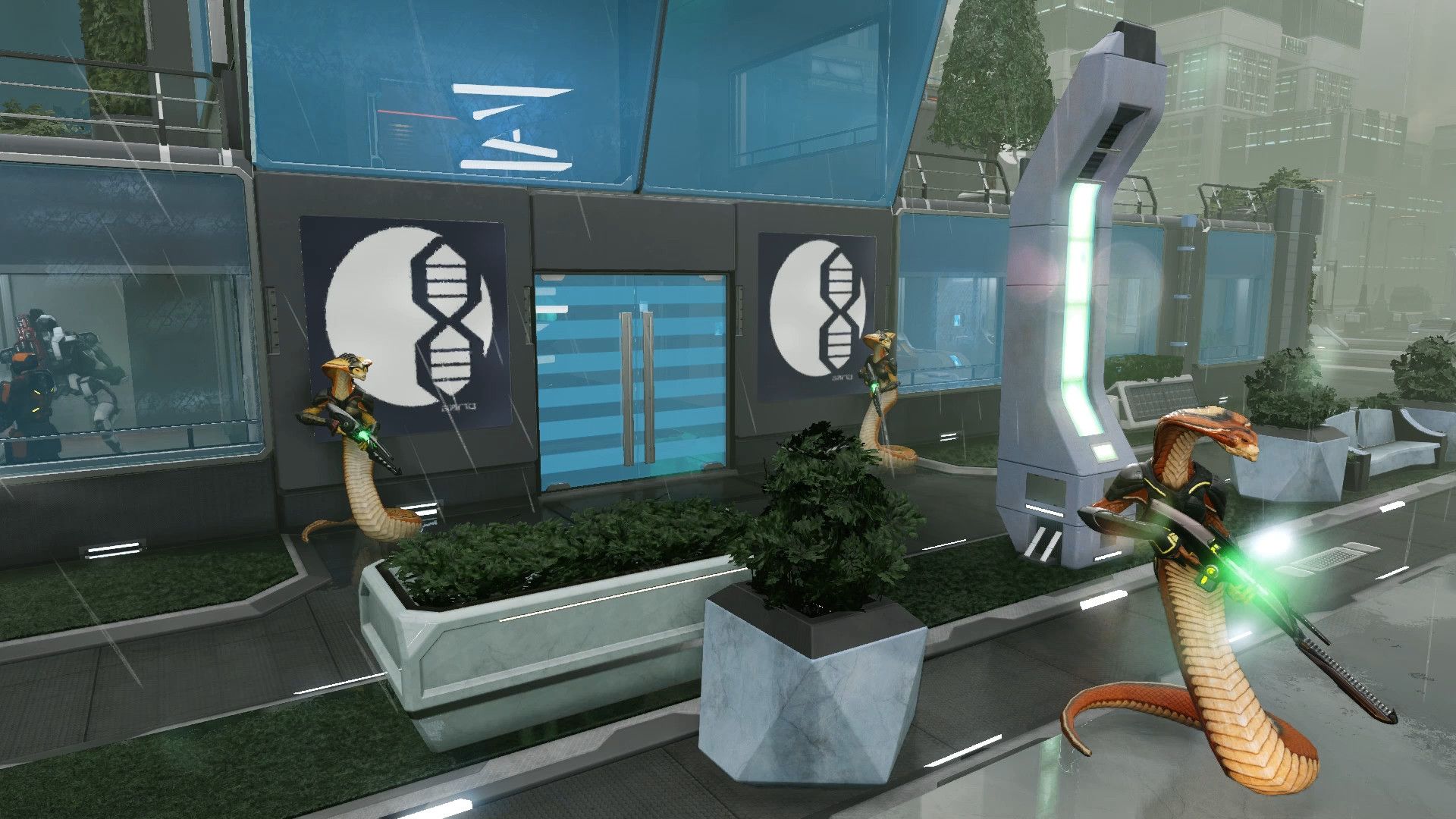
Working on a Technical build for your Long War 2 run? I recommend these perks:
- Fire in the Hole
- Napalm-X
- Burnout
- Formidable
- Incinerator
- Tactical Sense
- Bunker Buster
No doubt about it—the Technical’s value depends entirely on the use of their cover-busting rocket and their debilitating flamer, and while you can simply focus on one or the other when choosing your perks, this build attempts to make the best of both their strengths while trading out their weaknesses.Fire in the Hole gives a much needed boost to early rocket accuracy, and Napalm-X improves the flamer’s main use—crowd control. Setting enemies on fire already stops them from making ranged attacks, but when an enemy resists the chance-based flame debuff, now you’re also forcing them to roll for disorient and panic, making it more likely that one way or another, your toasty target will be too traumatized to hit back.
Burnout, Formidable, Incinerator and Tactical Sense are our picks to address one big problem the Technical has; you need to get close to apply your liberating napalm to the aliens. These perks massively boost your trooper’s survivability and add extra range to their flamethrower, both meaning they can stay safer while fulfilling their main role of fire-based crowd control.Bunker Buster caps off our tree by providing additional AoE damage and, more importantly, a massive environmental damage nuke that tears apart the cover most of your enemies depend on. It takes both the things we love normal Rockets for and turns them up to eleven.
It’s worth looking at the enticing perks we don’t take with this build and the reasons behind our decisions. Biggest Booms, Tandem Warheads and Javelin Rockets are all tempting, but when most of our Technical time will be spent rolling with just one rocket, over-investing in its damage and range forgets that its main benefit is on-the-spot cover destruction; leave damage to the rest of your squad once the Technical’s blast has exposed your enemies at a pivotal moment in your mission.
Meanwhile, Salvo and Quickburn are both double-down perks better left to vanilla; with Fire in the Hole and Napalm-X your rockets and flame attacks should be achieving reliable results already, and in the majority of scenarios, blasting out two of your precious heavy weapon charges per turn is often going to be an overexuberance rather than a measured necessity—better to run Tactical Sense and perform your close-range flaming with confidence every time.
Lastly, Concussion Rocket sounds like fun—who doesn’t like more rockets, and more disables to apply to your enemies to boot—but ultimately, disorient is a debuff XCOM can already apply easily with their readily-available arsenal of flashbangs. With the amount we’ll be looking to charge in and flame, Burnout should keep us safe—even in the event your aggressive charge backfires and you find yourself flanked, as the smoke it provides cancels out the critical bonus you suffer from being exposed.
With our combination of cover-busting and crowd control, our Thermobaric Technical is an asset ready to bail you out of a bad situation or push through a tough stalemate like no-one else can. Spend their limited heavy weapons charges wisely at pivotal points in your missions, and their burning and blasting won’t let you down.
John "Beagle" Teasdale has sent a lot of aliens to alien heaven. Check out his XCOM videos (and karaoke skills) at youtube.com/beaglerush.








